Are Two-Stroke Engines Making A Comeback?
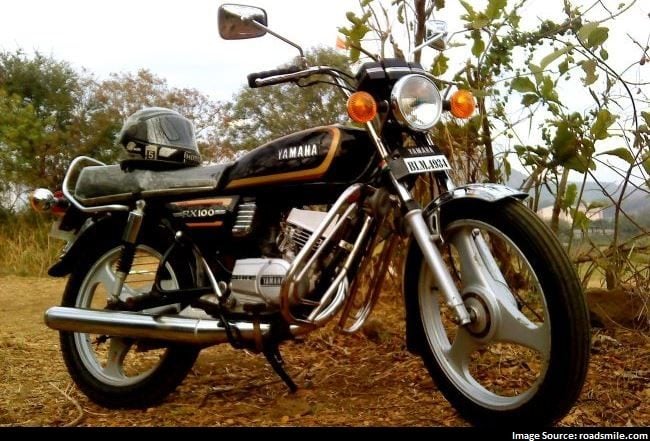
- KTM will launch 2 dirt bikes with a 2-stroke fuel injected engines in May
- Honda has also filed a patent for 2-stroke fuel injected engine
- 2-stroke engines used mainly in dirt bikes and motocross bikes
Recently KTM and Honda have filed patents for two-stroke engines which are fuel-injected. Like seriously! In fact, KTM is all set to launch two bikes in May, the 250 EXC and the 300 EXC enduro bikes, which will be the first ever 'regular' production bikes to feature a two-stroke fuel-injected engine. Honda, on the other hand is already working on a two-stroke engine with fuel-injection. KTM is calling its two-stroke fuel injection tech as Transfer Port Injection (TPI). These engines, KTM says have done away with pre-mixing oil and fuel as well.
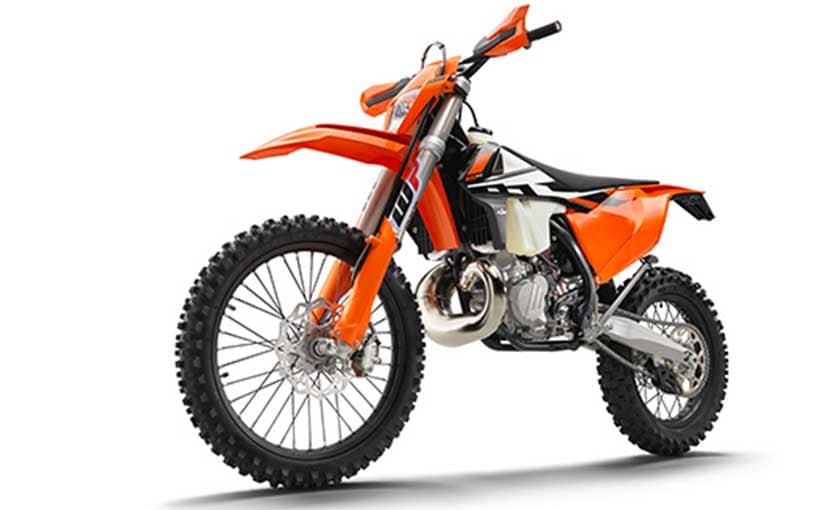 (KTM 300 EXC with 2-stroke EFI engine)
(KTM 300 EXC with 2-stroke EFI engine)Honda's patent schematic for its fuel-injected two-stroke engine shows that the fuel is injected very close to the top-dead-centre of the cylinder, after the exhaust valve has closed. This leads to better combustion, less amount of unburned fuel and controlled emissions. The fuel injection system is so refined that it sprays a fine atomised of fuel accurately into the combustion chamber along with perfect timing. Again, the combustion of fuel and air is so complete that there are hardly any leftovers, which means less emission. In fact, the fuel itself is used as a cooling element in the cylinder in a bid to maximise efficiency.
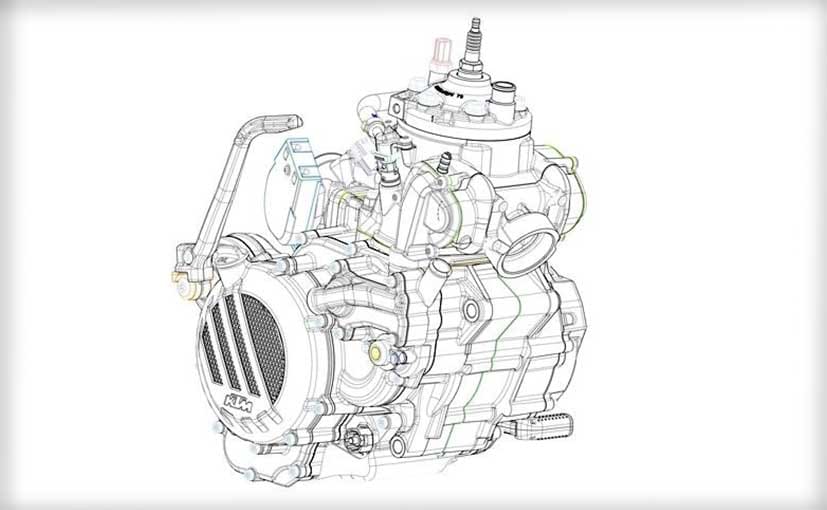 (KTM 2-stroke EFI engine-schematic)
(KTM 2-stroke EFI engine-schematic)Well, Honda says that this technology, even if a couple of years away, can be used to power regular production motorcycles like in the olden days. So, it would not be a far-fetched idea to see the good old two-stroke engine coming back. The company says that this technology will be able to adhere to fuel efficiency and emission norms across the world, but that still remains to be seen. We believe that two-stroke fuel-injected engines will only make their presence felt in dirt bikes and motocross bikes, which need to be light and have tonnes of power.
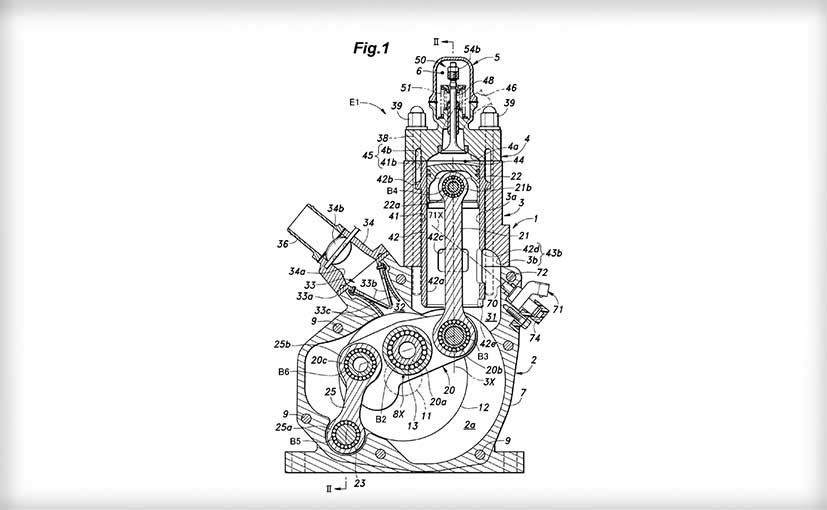 (Honda 2-stroke EFI engine-schematic)
(Honda 2-stroke EFI engine-schematic)Most old-timers motorcycle enthusiasts in India would remember the good old two-stroke engines in motorcycles such as the legendary Yamaha pair of the RX 100 and the RD 350 and later, the TVS Suzuki Shogun and the Shaolin. There was something primal, visceral about ripping the tarmac on these bikes with the throttle pinned down. The guttural shriek of the engine and the mad acceleration would put almost any modern 250cc-300cc bike to shame. Such was the power that these two-stroke engines held. And therefore, you still see manufacturers such as KTM, Husqvarna, Sherco and Kawasaki having a decent roster of two-stroke dirt bikes, which are not road-legal. They are meant to be used on trails or for motocross competitions.
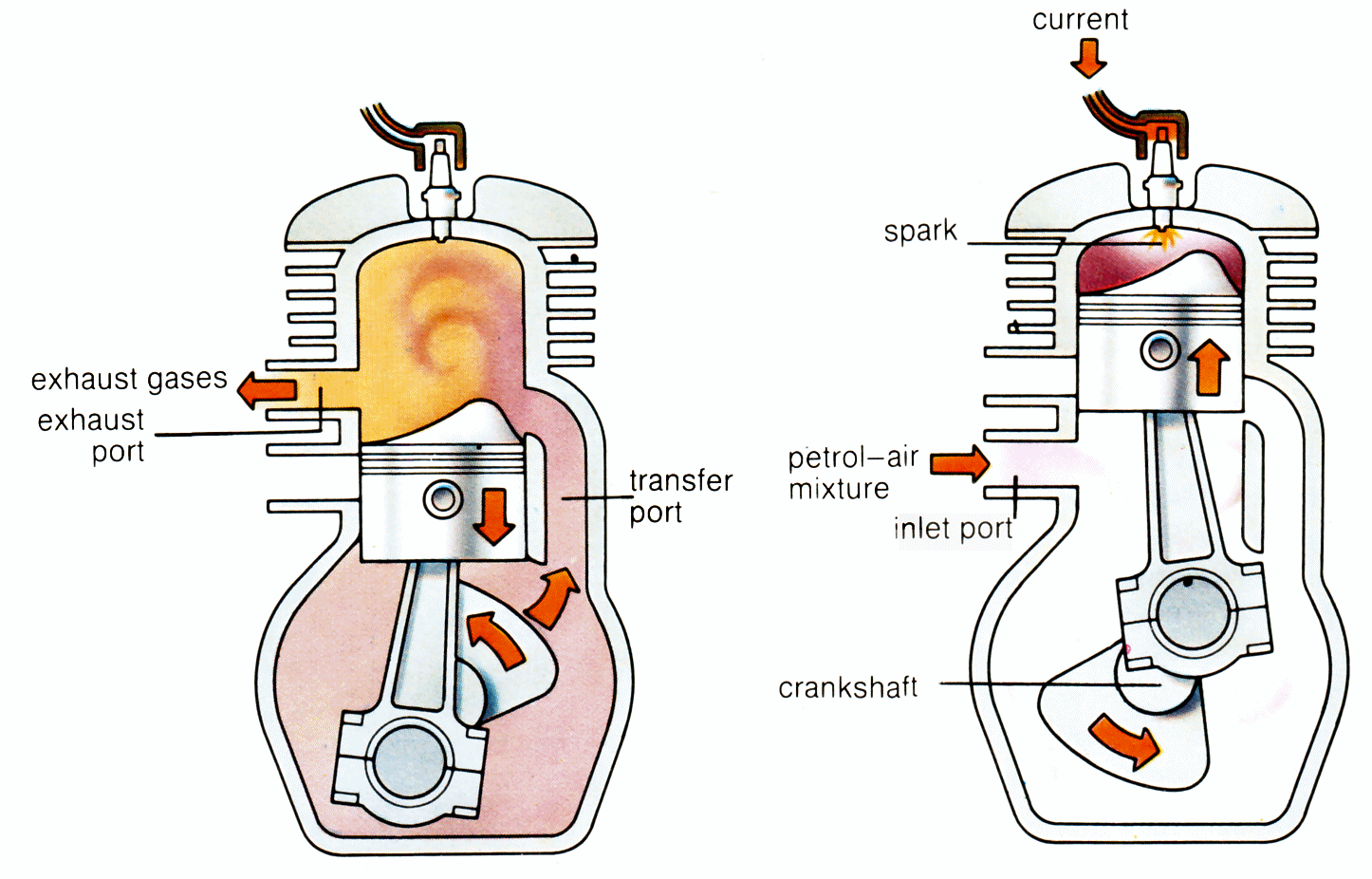 (Two-stroke engine: photo courtesy-schoolworkhelper.net)
(Two-stroke engine: photo courtesy-schoolworkhelper.net)Going back to internal combustion engines 101, a two-stroke engine was one where only two strokes of the piston (up and down movement) were required to generate one revolution of the crankshaft. In comparison, a four-stroke engine needs four strokes which are the intake, compression, combustion and exhaust to generate one revolution of the crankshaft.
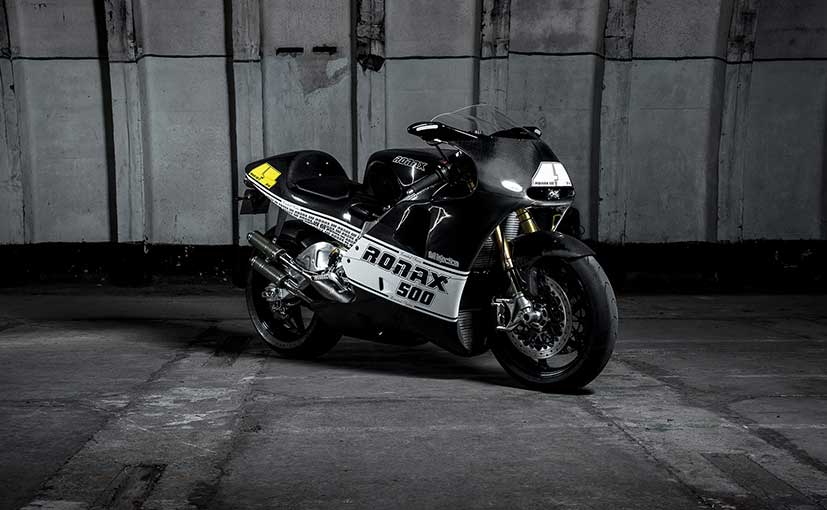 (The Ronax 500 uses a 2-stroke FI engine and is road legal as well. Only 46 units were made and were sold at an eye-watering price of $144,000)
(The Ronax 500 uses a 2-stroke FI engine and is road legal as well. Only 46 units were made and were sold at an eye-watering price of $144,000)Lesser components in a two-stroke engine meant lighter weight and more power-to-weight ratio. But the down-side to these engines was the lack of reliability, more thirst for fuel and a peculiar smoke spewing character, which disregarded each and every emission norm. And that is precisely the reason the RTOs in India stopped registering two-stroke vehicles in 2010. The western countries phased out two-stroke engines much earlier. Even then, there are a few models such as the Ronax 500 and thee Suter MMX 500 which were manufactured in very limited numbers and at astronomical prices. The price for the Ronax 500 was $144,000 while the Suter MMX 500 cost $123,500. Both these bikes feature a fuel-injected two-stroke motor, and are road legal, which could mean that this technology can be adapted to be fitted in regular road-going models as well.
Trending News
Latest News
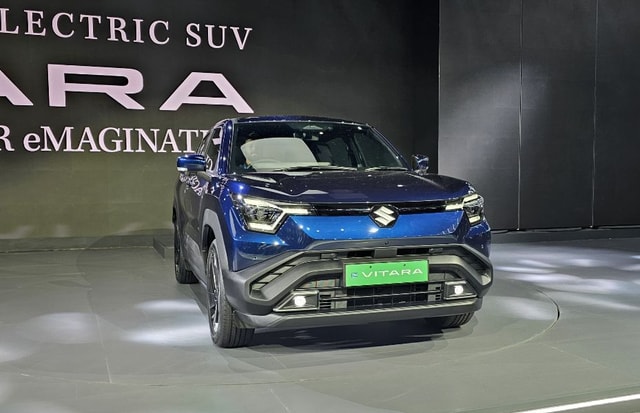 Jafar Rizvi | Dec 2, 2025India-Spec Maruti Suzuki e Vitara Unveiled: Gets Up To 543 Km RangeThe e Vitara will be offered with two battery pack options and in three variants.4 mins read
Jafar Rizvi | Dec 2, 2025India-Spec Maruti Suzuki e Vitara Unveiled: Gets Up To 543 Km RangeThe e Vitara will be offered with two battery pack options and in three variants.4 mins read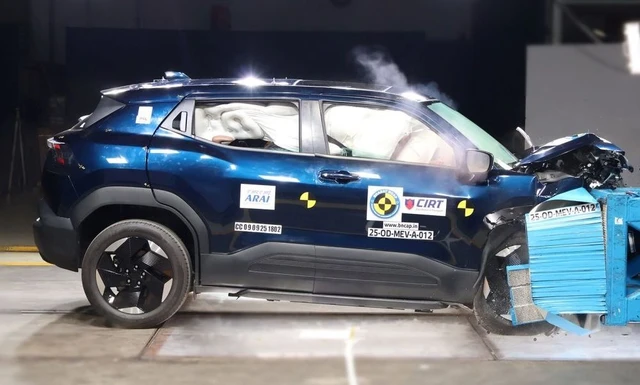 Seshan Vijayraghvan | Dec 2, 2025Maruti Suzuki e Vitara Scores 5 Stars In Bharat NCAP Crash TestThe Maruti Suzuki e Vitara earned 5 stars in both adult and child occupant protection tests. The best score for a Maruti yet.2 mins read
Seshan Vijayraghvan | Dec 2, 2025Maruti Suzuki e Vitara Scores 5 Stars In Bharat NCAP Crash TestThe Maruti Suzuki e Vitara earned 5 stars in both adult and child occupant protection tests. The best score for a Maruti yet.2 mins read car&bike Team | Dec 2, 2025Skoda Auto India Achieves 5 Lakh Units Sales MilestoneThe milestone comes after 25 years, with October 2025 emerging as the best month at 8,252 units sold.2 mins read
car&bike Team | Dec 2, 2025Skoda Auto India Achieves 5 Lakh Units Sales MilestoneThe milestone comes after 25 years, with October 2025 emerging as the best month at 8,252 units sold.2 mins read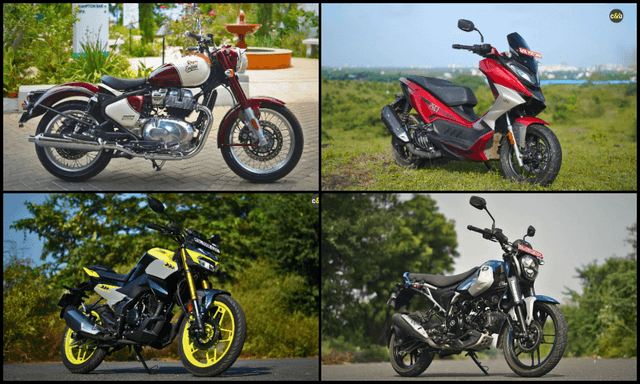 car&bike Team | Dec 2, 2025Two-Wheeler Sales November 2025: Most Manufacturers Report Double-Digit GrowthIn the penultimate month, major two-wheeler manufacturers reported varied performances, with most brands recording year-on-year growth across domestic and export markets, while a few saw marginal declines.4 mins read
car&bike Team | Dec 2, 2025Two-Wheeler Sales November 2025: Most Manufacturers Report Double-Digit GrowthIn the penultimate month, major two-wheeler manufacturers reported varied performances, with most brands recording year-on-year growth across domestic and export markets, while a few saw marginal declines.4 mins read Carandbike Team | Dec 2, 2025Adi Kailash Yatra On Four Wheels And A Battery!We recently drove a Mahindra BE 6 to Adi Kailash and Om Parvat, located in the Kumaon region of Uttarakhand. Read on if the idea of driving an EV to forward locations bordering Tibet and Nepal, with no fast-charging infrastructure intrigues you.. or if you’ve been contemplating a similar adventure yourself.8 mins read
Carandbike Team | Dec 2, 2025Adi Kailash Yatra On Four Wheels And A Battery!We recently drove a Mahindra BE 6 to Adi Kailash and Om Parvat, located in the Kumaon region of Uttarakhand. Read on if the idea of driving an EV to forward locations bordering Tibet and Nepal, with no fast-charging infrastructure intrigues you.. or if you’ve been contemplating a similar adventure yourself.8 mins read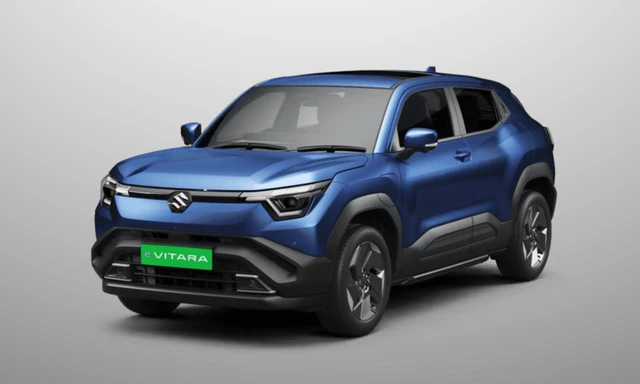 car&bike Team | Dec 2, 2025India-Spec Maruti Suzuki e Vitara To Be Unveiled Today: All You Need To KnowThe e Vitara is the carmaker’s first shot in the electric vehicle segment, and here is all you need to know about it.4 mins read
car&bike Team | Dec 2, 2025India-Spec Maruti Suzuki e Vitara To Be Unveiled Today: All You Need To KnowThe e Vitara is the carmaker’s first shot in the electric vehicle segment, and here is all you need to know about it.4 mins read
 Seshan Vijayraghvan | Nov 29, 2025Mahindra XEV 9S First Drive Review: Big Electric SUV, Bigger ExpectationsThe XEV 9S lands at a time when the EV crowd is growing fast. It’s a big, born-electric, three-row SUV that starts under 20 lakh. It sits close to the XUV700 in size, but the brief is very different. Here’s what it’s like on the road.11 mins read
Seshan Vijayraghvan | Nov 29, 2025Mahindra XEV 9S First Drive Review: Big Electric SUV, Bigger ExpectationsThe XEV 9S lands at a time when the EV crowd is growing fast. It’s a big, born-electric, three-row SUV that starts under 20 lakh. It sits close to the XUV700 in size, but the brief is very different. Here’s what it’s like on the road.11 mins read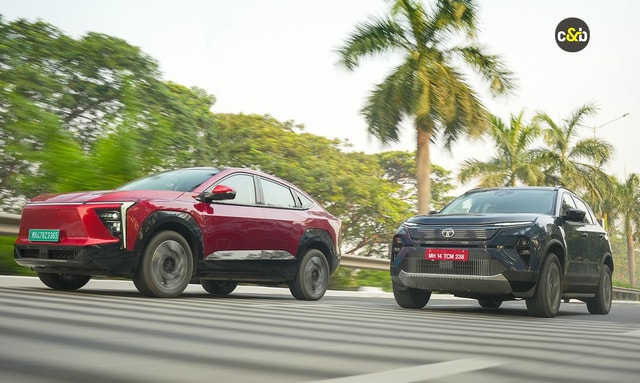 Bilal Firfiray | Nov 26, 2025Tata Harrier EV vs Mahindra XEV 9e: Battle Of India’s Electric TitansWhen India made two electric SUVs battle it out, the winner is the buyer. They get a choice to take home what’s best suited for them – and read on to find out which one is better for YOU.1 min read
Bilal Firfiray | Nov 26, 2025Tata Harrier EV vs Mahindra XEV 9e: Battle Of India’s Electric TitansWhen India made two electric SUVs battle it out, the winner is the buyer. They get a choice to take home what’s best suited for them – and read on to find out which one is better for YOU.1 min read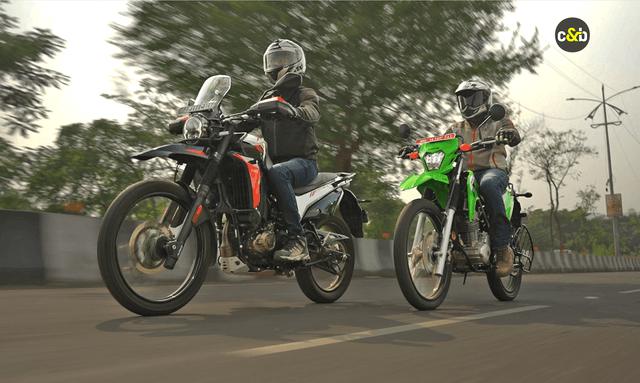 Janak Sorap | Nov 19, 2025Hero Xpulse 210 Vs Kawasaki KLX 230 Comparison Review: Dual-Sport DilemmaWith a price difference of just Rs 12,000, which of the two dual-sport motorcycles is meant for you?1 min read
Janak Sorap | Nov 19, 2025Hero Xpulse 210 Vs Kawasaki KLX 230 Comparison Review: Dual-Sport DilemmaWith a price difference of just Rs 12,000, which of the two dual-sport motorcycles is meant for you?1 min read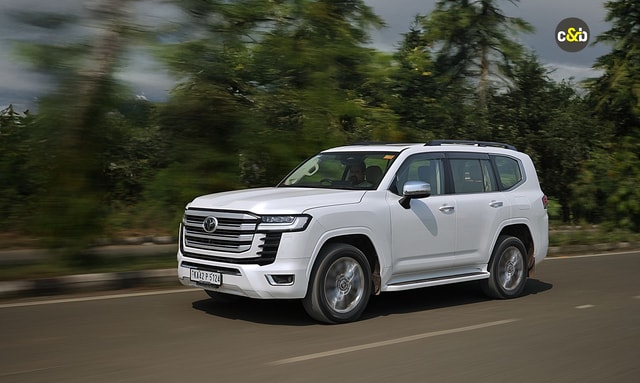 Jaiveer Mehra | Nov 17, 20252025 Toyota Land Cruiser 300 Review: Beast From The EastThe Land Cruiser name may have a long and storied history, but does it fit the bill for an Rs 2 crore-plus SUV in India?13 mins read
Jaiveer Mehra | Nov 17, 20252025 Toyota Land Cruiser 300 Review: Beast From The EastThe Land Cruiser name may have a long and storied history, but does it fit the bill for an Rs 2 crore-plus SUV in India?13 mins read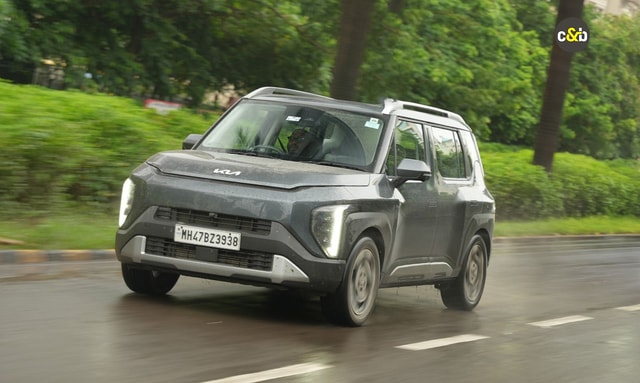 Seshan Vijayraghvan | Nov 17, 2025Kia Syros 1.0 Turbo Petrol: 6000 km Long-Term Review – Final Report!I lived with the Syros for more than 6000 km, over 3 months, and in this final report, I am going to talk about the Pros, the Cons, and everything in between.1 min read
Seshan Vijayraghvan | Nov 17, 2025Kia Syros 1.0 Turbo Petrol: 6000 km Long-Term Review – Final Report!I lived with the Syros for more than 6000 km, over 3 months, and in this final report, I am going to talk about the Pros, the Cons, and everything in between.1 min read




































































































































